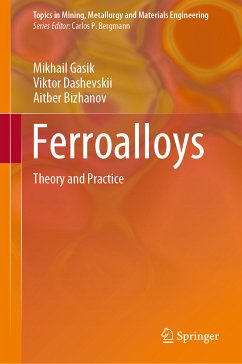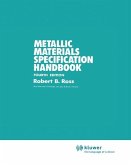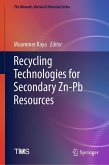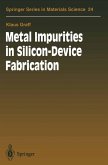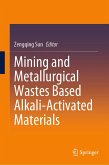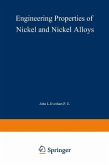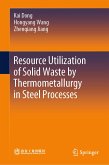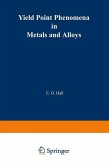This book outlines the physical and chemical foundations of high-temperature processes for producing silicon, manganese and chromium ferroalloys, alloys of molybdenum, vanadium, titanium, alkaline earth and rare earth metals, niobium, zirconium, aluminum, boron, nickel, cobalt, phosphorus, selenium and tellurium, iron-carbon alloys by carbon, silicone and aluminothermic methods. The chapters introduce the industrial production technologies of these groups of ferroalloys, the characteristics of charge materials, and the technological parameters of the melting processes. A description of ferroalloy furnaces is given in detail. Topics such as waste recycling, fines agglomeration technologies, and environmental issues are considered.
Dieser Download kann aus rechtlichen Gründen nur mit Rechnungsadresse in A, B, BG, CY, CZ, D, DK, EW, E, FIN, F, GR, HR, H, IRL, I, LT, L, LR, M, NL, PL, P, R, S, SLO, SK ausgeliefert werden.

